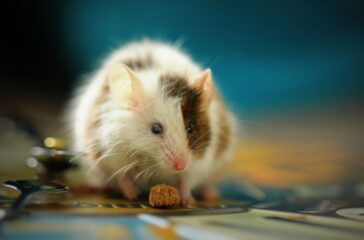PFAS levels increasing in Arctic animals, study finds
By Douglas Main
Concentrations of toxic pollutants known as per- and polyfluoroalkyl substances (PFAS) are continuing to increase in Arctic animals such as polar bears despite efforts to rein in their use, according to a new study.
 EWG
EWG


